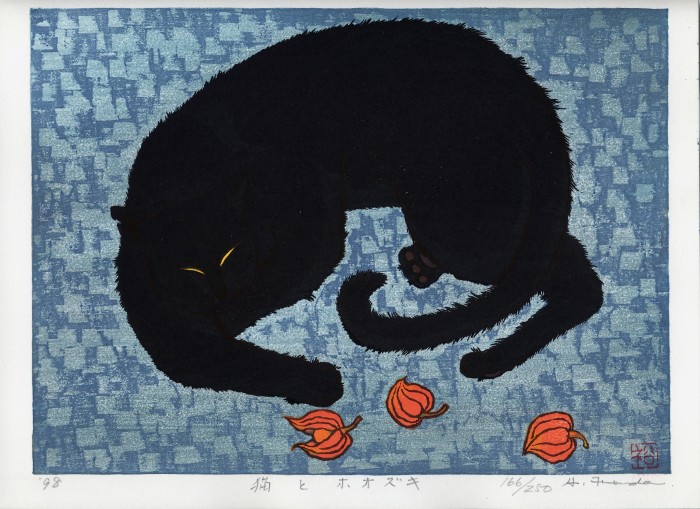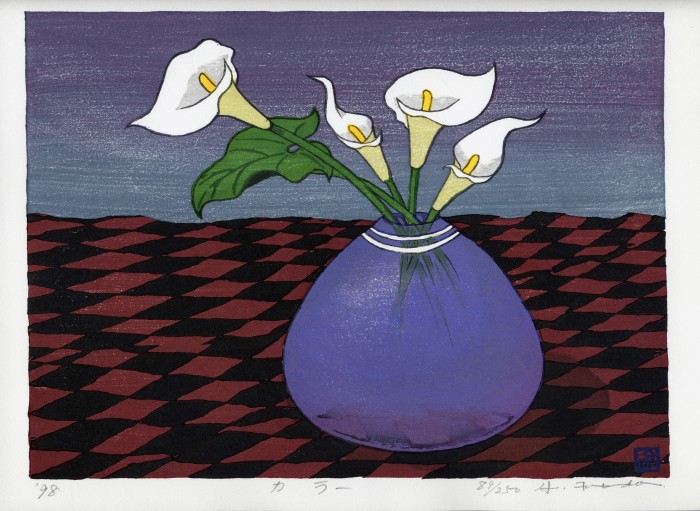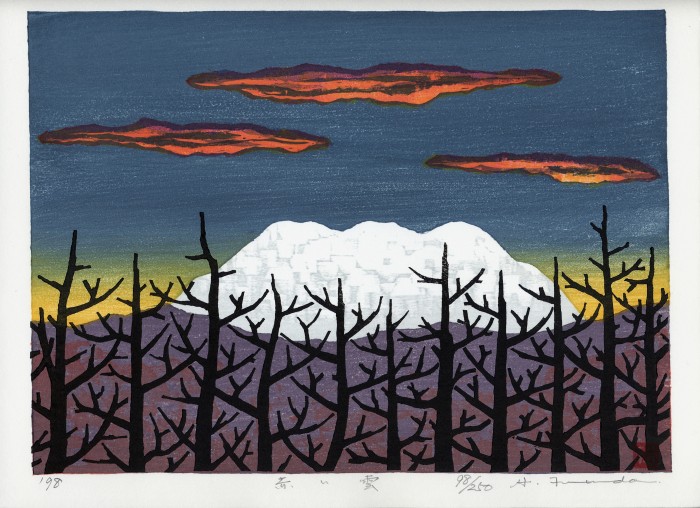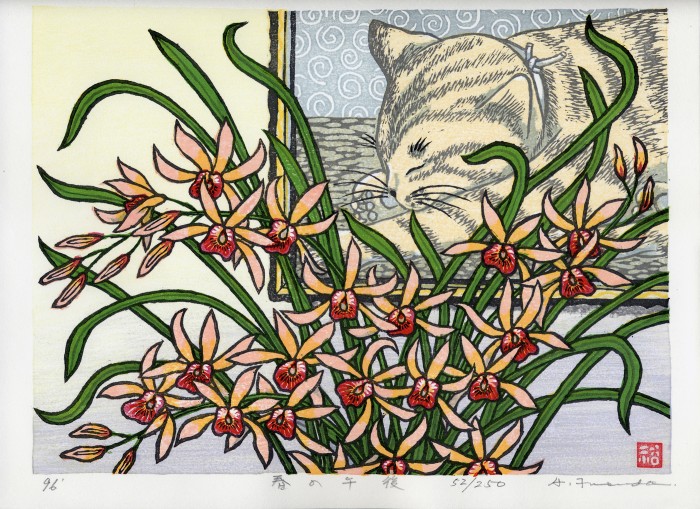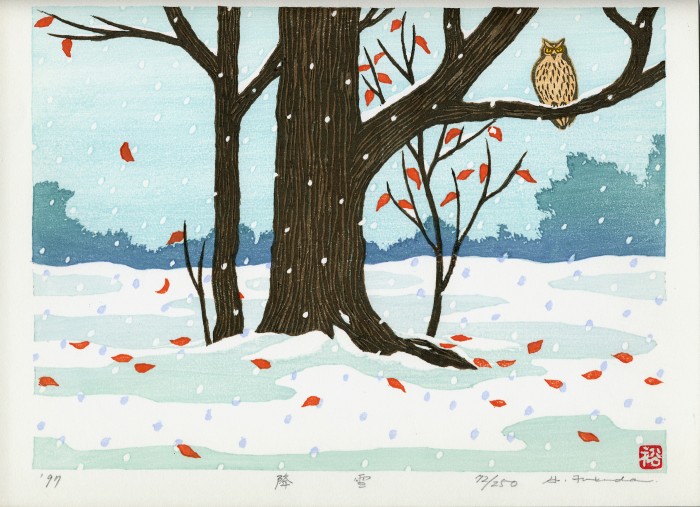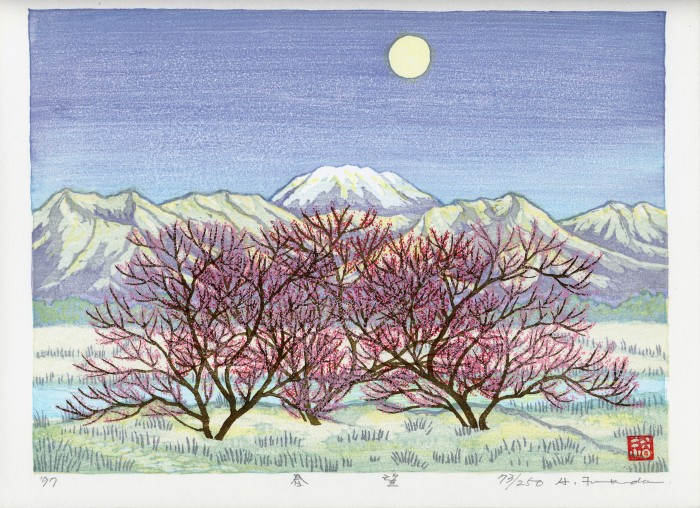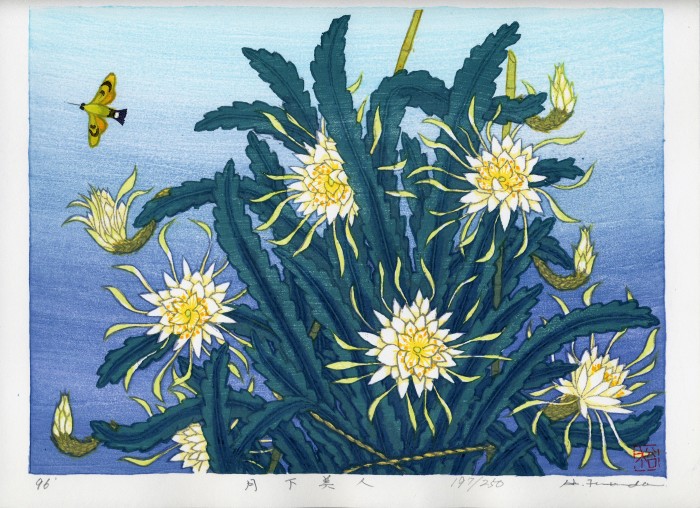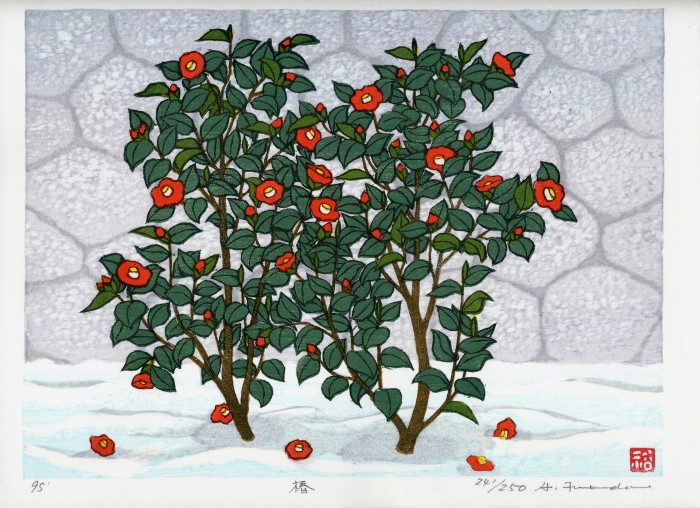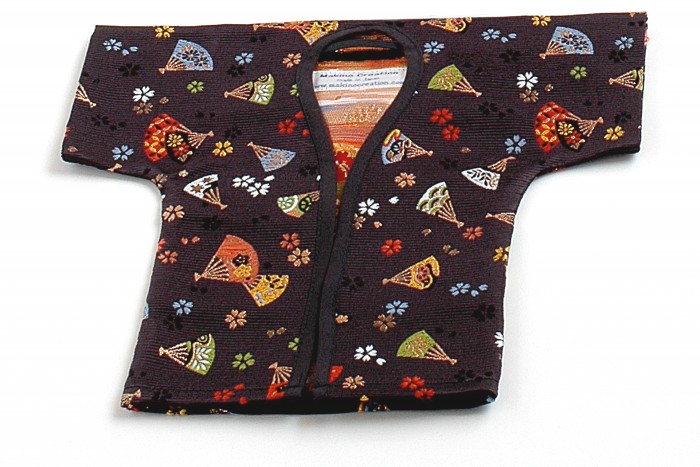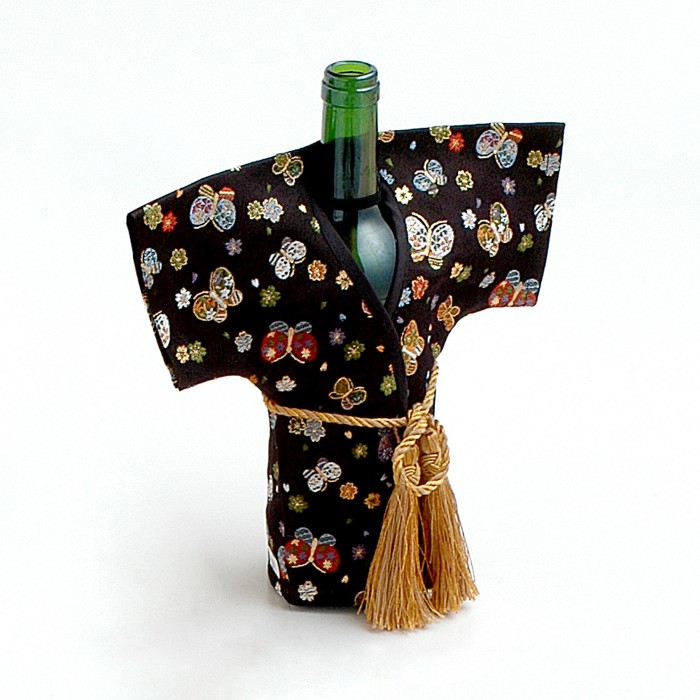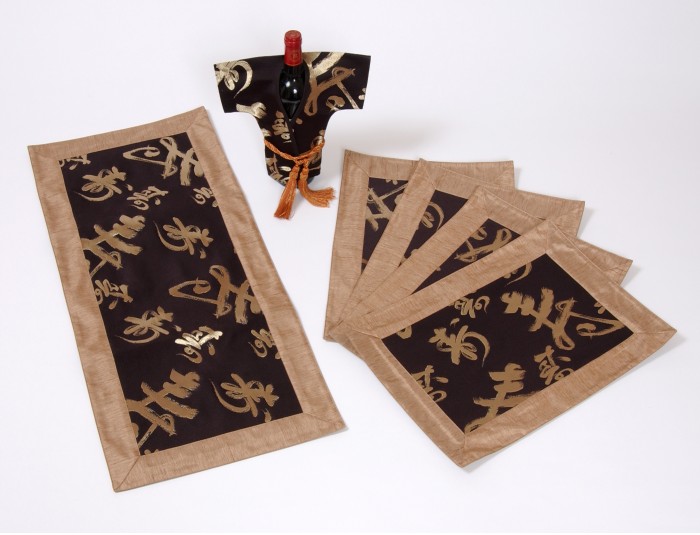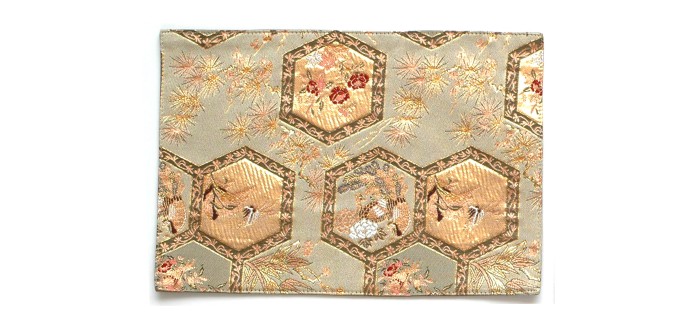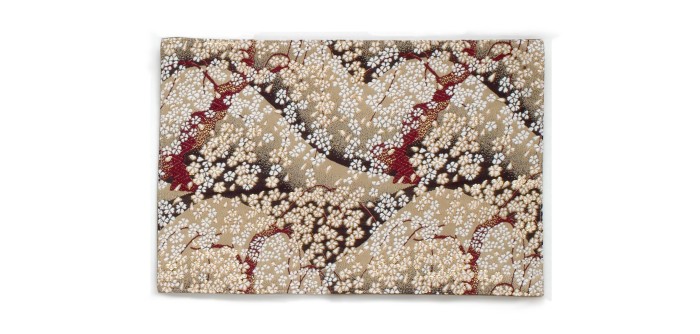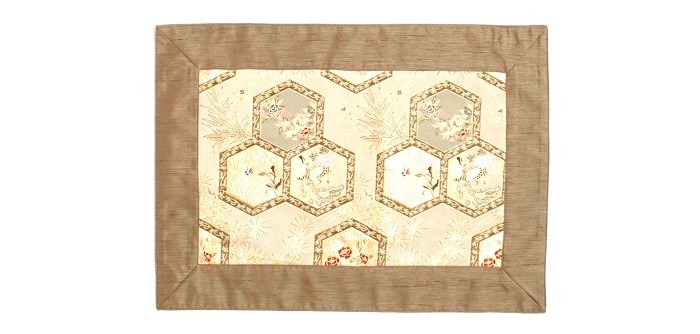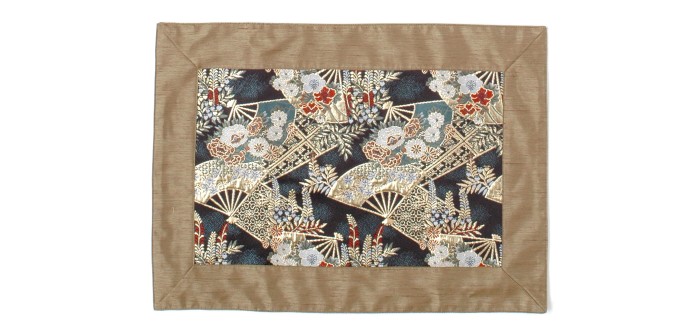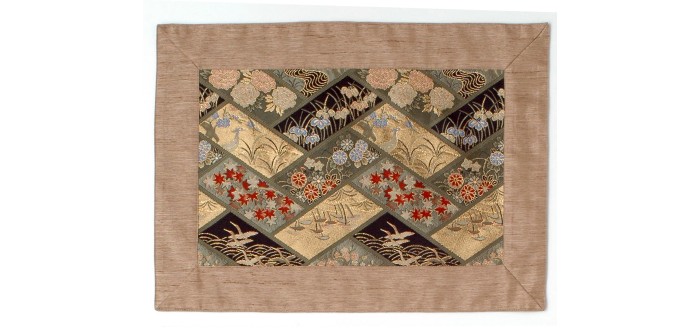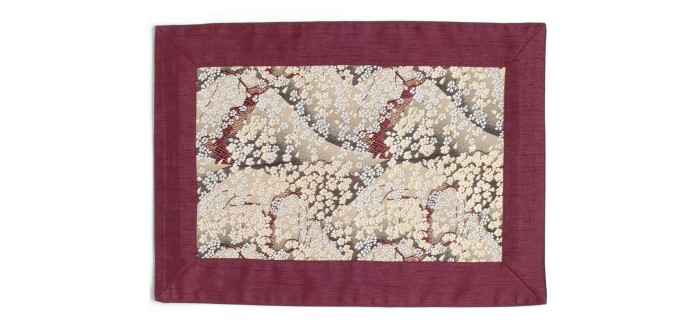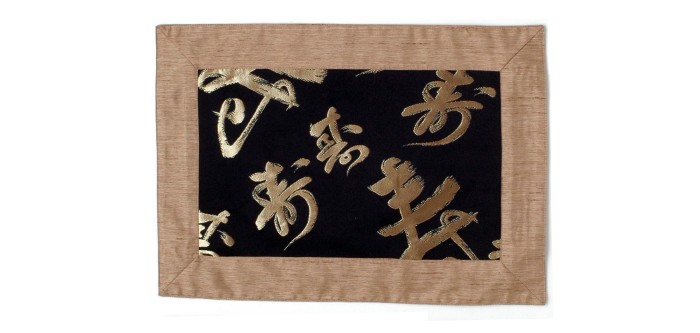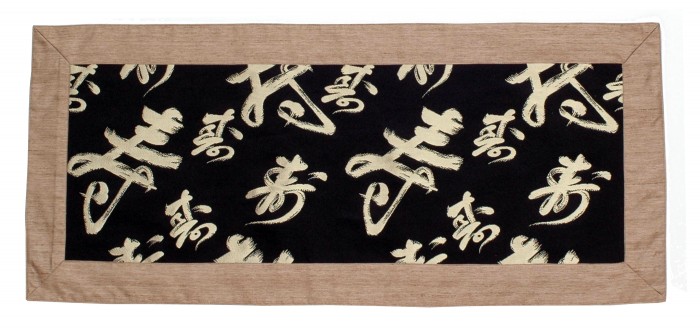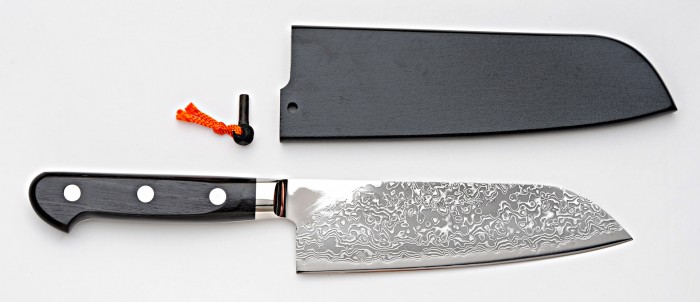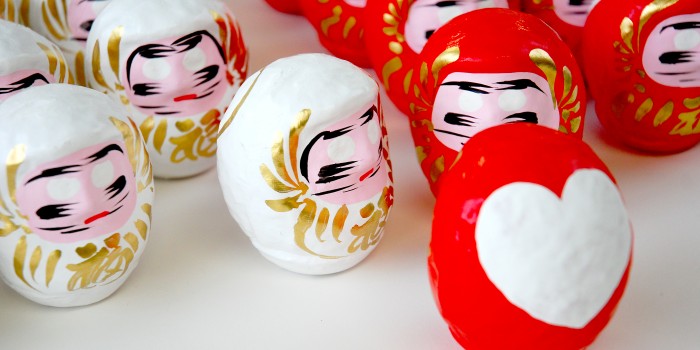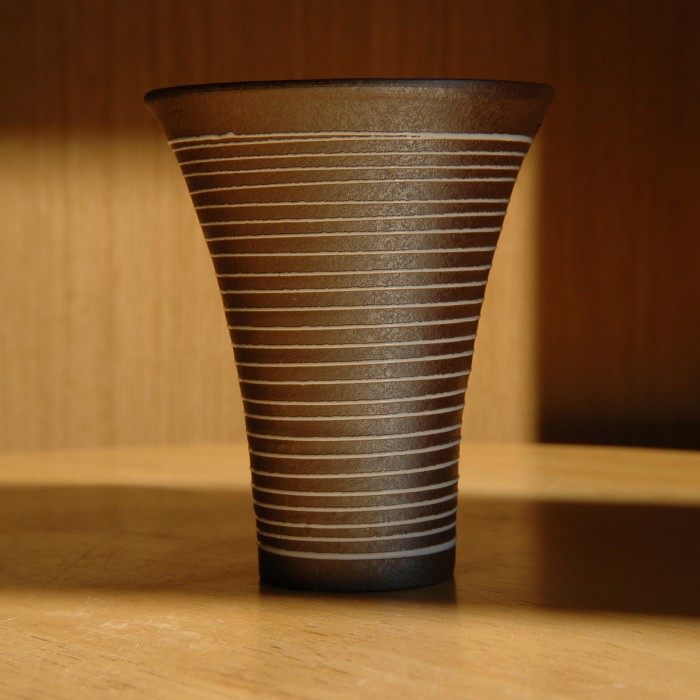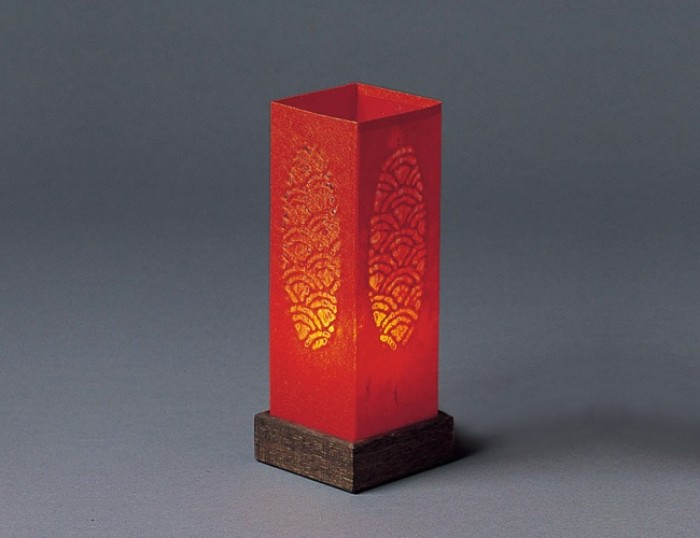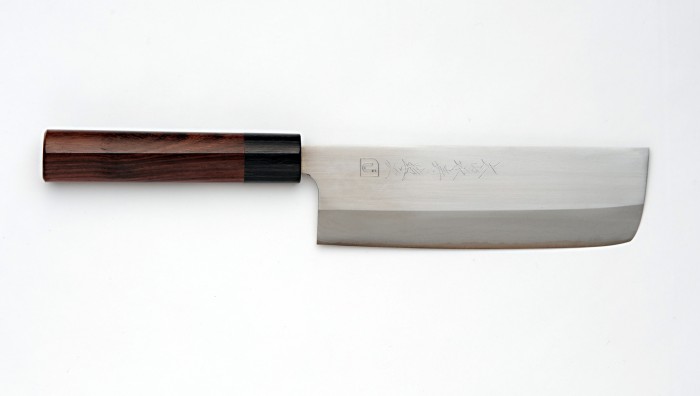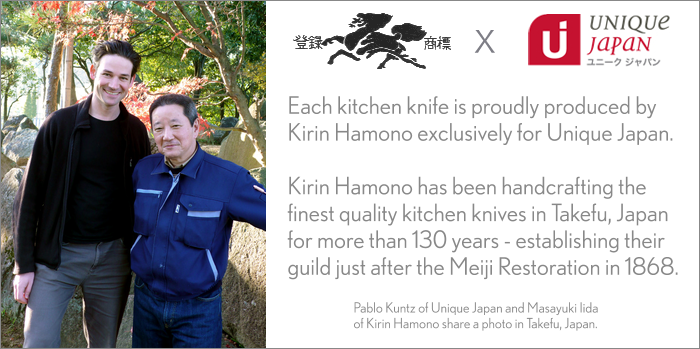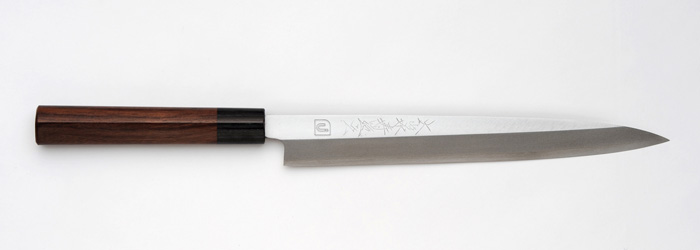
OVERVIEW
In Japanese cuisine, it all begins with the pinnacle of the Japanese chef’s craft: sashimi (raw fish). A healthy delicacy of fresh seafood evenly sliced and plated with wasabi and soya sauce, sashimi is served before the main dishes, allowing each and every morsel to be savored and enjoyed to its utmost. The beauty, simplicity and texture of sashimi is unlike anything else on this planet.
The Yanagi-bocho (literal translation: willow blade) is the only tool for preparing fresh sashimi. For connoisseurs, this knife, above all others, encapsulates the very essence of Japanese knife design and craftsmanship.
The Kuromori Yanagi-bocho’s blade measures 240mm (9.5in), the industry standard length for sushi chefs that allows for extended, single fluid strokes through the fish. This famous Japanese knife’s defining characteristic is its single edge, allowing for greater pitch and helps the fish fall elegantly off the blade.
KIRIN HAMONO & UNIQUE JAPAN PARTNERSHIP
This kitchen knife was produced by Kirin Hamono exclusively for Unique Japan. Kirin Hamono has been crafting quality kitchen knives in Japan for more than 130 years – having established their guild just after the Meiji Restoration in 1868. This is a significant time in Japanese history as it marked the end of the Tokugawa Shogunate, and with it Japanese swords (katana) were no longer permitted to be worn in public by Samurai.
These knives are born by swordsmiths who simply channeled their katana expertise towards cutlery production to meet a new set of timely demands. Craftsmen working at Kirin Hamono STILL USE sword-making techniques to this day to forge kitchen knives, and are one of the last remaining workshops in Japan proudly doing so.
Kirin knives have been used by many top chefs in Japan that include
Nobuo Murakami, the former head chef at Tokyo’s Imperial Hotel and
Komei Nakamura who was a champion Iron Chef. A “Kirin” is Japan’s most powerful fire-breathing mythical creature that is said to bring a good omen.
YOUR KITCHEN FILLED WITH ENERGY
In today’s day and age, we at Unique Japan feel it’s increasingly important to support the men and women who continue to give their personal heart and soul into quality handcrafted products. Each purchase of a Kirin-made kitchen knife from Unique Japan directly supports these modern-day masters.
Your kitchen will in turn be filled with the human energy that went into crafting each and every knife. We absolutely promise you’ll feel the difference. Not only is it safer to use a sharp knife, your food will taste better. And most importantly, you’ll be noticeably inspired to eat healthy and enjoy the foods of life!
SHARPNESS MATTERS
This knife is created with handcrafted construction techniques used when forging a traditional Japanese samurai sword (katana). The blade is hand-forged of both high-carbon and low-carbon steel. The result is an impeccably sharp and lightweight knife that performs its intended purpose with incredible precision.
One of our customers said that the Kuromori Yanagi “is like having a mini sword in my hand…”
We couldn’t agree more.
A very sharp sashimi knife is absolutely necessary, and the implications are significant. When slicing fish with a sharp knife you are first and foremost minimizing the cell damage done to the fish. This directly helps to keep the fish fresher, tastier and maintains its colour and presentation. It’s a joy to use and with this knife you can now buy fresh sashimi from your trusted fish source in larger quantities and prepare the slices at home. It’s incredibly inspirational and will save you some money too – sushi restaurants can get expensive if you frequent them often.
Note! We’ve had plenty of customers inform us that they use this knife to slice their honey-baked ham and roast beef and other meats with terrific results. So, it’s not just a fish knife!
There is no need to sharpen the knife for the first 6 months of regular usage. It stays VERY sharp. Eventually it will need to be sharpened and we recommend using the
Suehiro Roll Sharpener that can sharpen all types of kitchen knives safely and without damage.
PAYING RESPECT
The Japanese kanji characters engraved on the knife spell out the name of Ohyama Eiju, a masterclass craftsman who lived in Koshinokuni. Each knife pays homage to the pioneers of supreme samurai-sword making craftsmanship. The official Unique Japan stamp below the characters gives the owner confidence in knowing that this knife is a genuine handcrafted product of Japan and meets the highest standards.
ROSEWOOD TEARDROP HANDLE
The teardrop-shaped rosewood handle has a well-defined ridge along its side that fits perfectly in hand, as well stabilizes the blade, preventing it from turning and twisting mid-stroke. It is extremely comfortable and natural to hold and work with.
NEED IT LONGER?
Professional-level users may demand a longer blade for your workplace. No problem. This knife can custom made to lengths of 270mm (10.6in), 300mm (11.8in) and 330mm (13in) by special order (extra cost applies). Just add $60 for each additional 30mm unit in length. Please
contact us to make this special order.
ARE YOU LEFT-HANDED? SOUTHPAW?
For left-handed users, we can custom create a left-handed version of this knife for no extra cost. We can also cater to additional lengths too for the same price as a right-handed version!
We are one of only places (maybe the only?) that can make an extra long left-handed Yanagi-bocho in just a matter of days. We love our lefties! Please
contact us to order.
SEVEN HUNDRED YEARS OF TRADITION
Hand-forged kitchen knives created in the ancient city of Takefu represent Japanese craftsmanship at its very finest. Dating back almost seven centuries to 1337, master swordsmith Chiyozuru Kuniyasu traveled from Kyoto to the Fukui prefecture looking for water most suitable to forge his samurai swords. His search ended in Koshinokuni, which later grew to be Takefu city.
SPECIFICATIONS
- Blade length: 240mm (9.5in), Japanese industry standard.
- This knife can also be extended to lengths of 270mm (10.6in), 300mm (11.8in) and 330mm (13in) by special order (extra cost applies). Just add $60 for each additional 30mm unit in length.
- Southpaw? For left-handed users, we can custom create a left-handed version (at additional lengths too) of this knife for no extra cost. Please contact us to make this special order.
- Knife weight: 140g (4.9oz)
- Handcrafted in Takefu using traditional Japanese sword-making techniques (watch video)
- Extremely sharp and lightweight
- Produced from extremely high quality VG-10 stainless steel
- Blade contains high levels of Carbon (1%) for strength and Chromium (15%) that gives it excellent stain resistance. Other elements in this unique steel fomulation include Vanadium, Molybdenum and Cobalt.
- Hardened to HRC 60-61 (Rockwell Scale)
- A hard vinyl sheath to keep blade safe is included. A wooden sheath is available for an extra $29.
- Japanese rosewood handle with its teardrop-shape and distinct ridge makes it very comfortable to hold. For left-handed users, please contact us for options. We can create a left-handed version of this knife for no extra cost.
- Unique personalized engraving services are available on the blade of this knife (we will phonetically translate the desired name into Japanese characters). Just $10 per knife!
- Each knife has its own unique character that is strikingly evident – no two knives are alike.
- Each knife holds the soul and energy of the men and women who personally handcrafted it.
- No need to sharpen the knife for the first 6 months of regular usage. It stays VERY sharp. Eventually it will need to be sharpened and we recommend the Suehiro Roll Sharpener.
PRICE INCLUDES
- Genuine Handcrafted Kuromori Yanagi-bocho (240mm/9.5in)
- A Hard Vinyl Sheath to Keep Blade Safe
- Securely Packaged in Box with Printed Japanese Caligraphy on Cover
- Printed Knife Care Instructions Included
- Printed Product Description (text that appears on this page)
BUY WITH CONFIDENCE
- Limited Lifetime Warranty
- 110% Money Back Guarantee
- Payments: Fully Secure through PayPal (accepting all major credit cards and debit cards)
- Deliveries within Japan: Absolutely free. Shipments generally arrive within 1-2 days once dispatched.
- International Express Delivery: Shipment is sent via EMS (Express Mail Service) for only $19.99 from Japan. Normally arrives within 4 days once dispatched. Track and trace code provided.
- Authenticity: Guaranteed. A knife purchased from Unique Japan is a genuine Japanese master craftsmanship investment.
